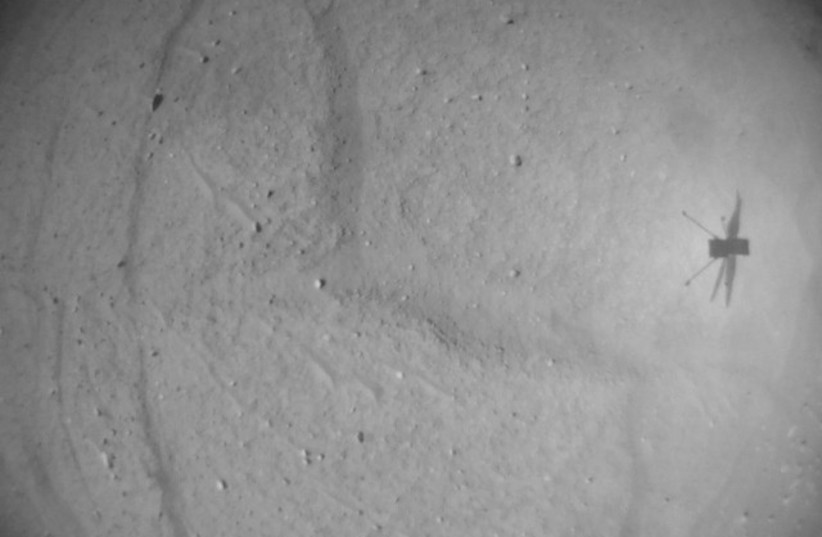After over two months of radio silence, the Ingenuity Mars Helicopter has reestablished contact with NASA’s Jet Propulsion Laboratory in Southern California, the space agency announced on Friday.
The Ingenuity Mars Helicopter arrived on the red planet together with the Mars Perseverance rover, which was launched in July 2020 and landed in the Jezero Crater on Mars on February 18, 2021.
The radio dropout was not unexpected, however, as it occurred as the result of a planned flight by the helicopter. The aircraft took off for a 363 meter and 139 second long flight, landing behind a hill.
Nonetheless, "this has been the longest we've gone without hearing from Ingenuity so far in the mission," Joshua Anderson, Ingenuity team lead at the Jet Propulsion Laboratory, told AFP. "Ingenuity is designed to take care of itself when communication gaps like this occur, but we all still had a sense of relief finally hearing back."
The Mars Perseverance rover, which is used as a radio relay station between the helicopter and earth, crested the hill to finally reestablish visual and radio connection.

Looking for signs of life
“The portion of Jezero Crater the rover and helicopter are currently exploring has a lot of rugged terrain, which makes communications dropouts more likely,” said JPL’s Josh Anderson. “The team’s goal is to keep Ingenuity ahead of Perseverance, which occasionally involves temporarily pushing beyond communication limits. We’re excited to be back in communications range with Ingenuity and receive confirmation of Flight 52.”
The helicopter is used as an aerial scout to help the rover search for signs of life on Mars. The mission is especially looking for ancient microbial life, possibly billions of years old, from a time when Mars was wetter and warmer than it is today.
This was flight number 52 for the helicopter, which has proven its worth for much longer than NASA anticipated. The helicopter originally was slated for a 30-day mission to prove the feasibility of its technology in five test flights.
The Ingenuity Mars Helicopter made history with its first flight, which was the first powered, controlled flight on another planet on April 19, 2021.
